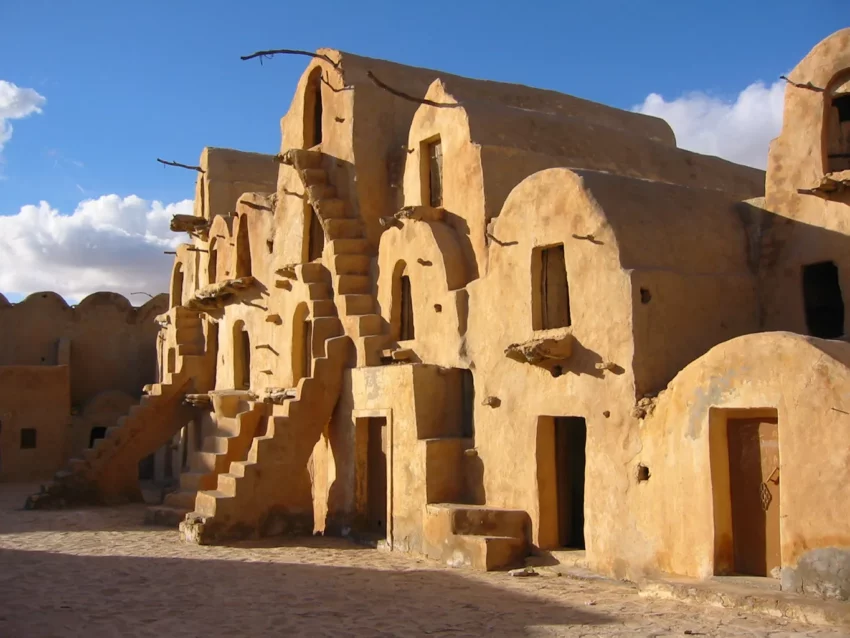Ksar Ouled Soltane: A Jewel of Southern Tunisia
Ksar Ouled Soltane also known as Alcácer de Ulede Soltane or Qasr Awlad Sultan, is a fortified granary that stands as a testament to the ingenuity and resourcefulness of southern Tunisia’s inhabitants. Located in the transition zone to the Sahara Desert, approximately 20 kilometers south of Tataouine, this ksar (Arabic for “fortified granary”) is not only one of the most renowned in Tunisia but also a unique example of desert architecture.
Get your dose of History via Email
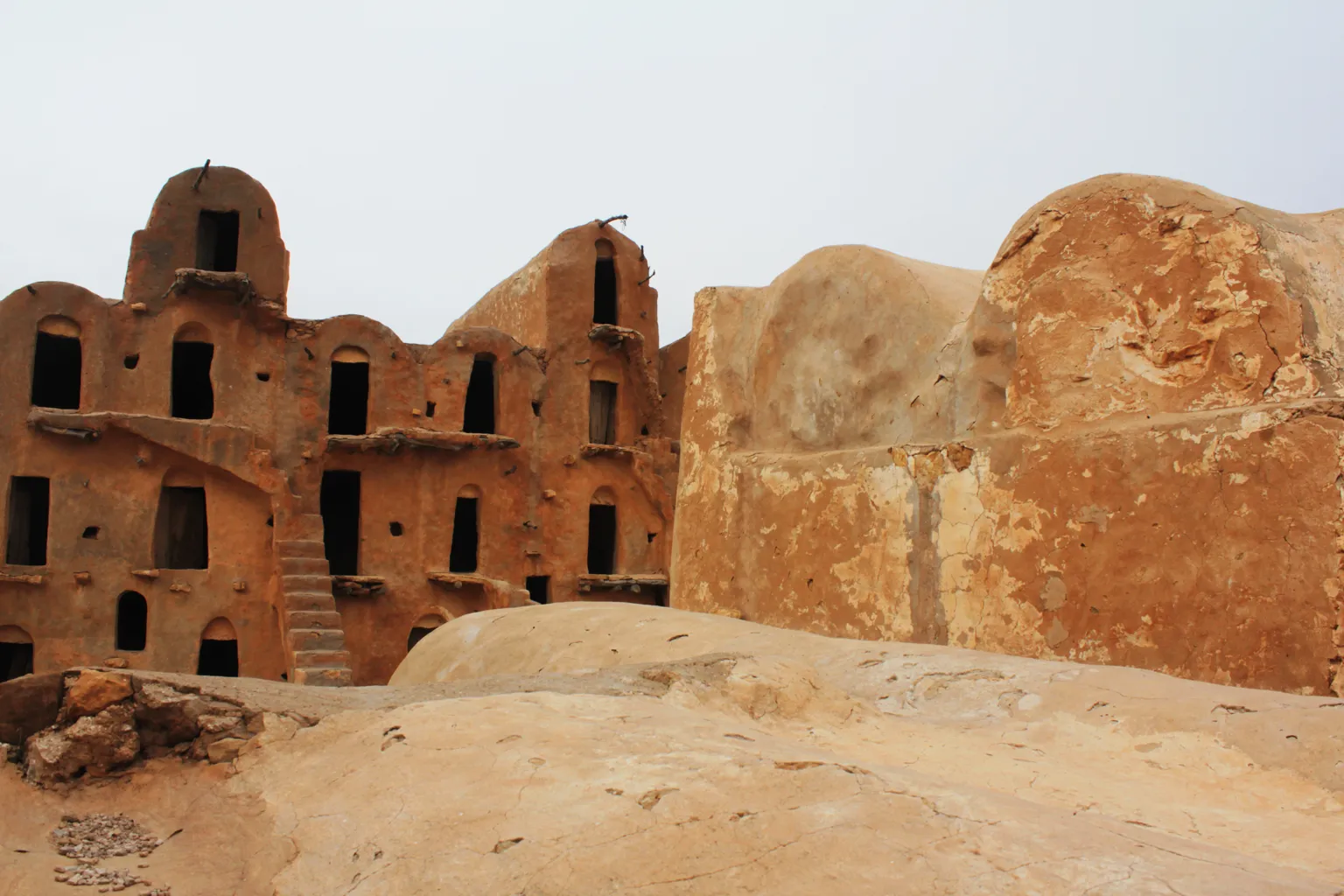
A Strategic Location for a Fortified Granary (H2)
Alcácer de Ulede Soltane’s strategic location is immediately apparent. Perched atop high ground, the ksar dominates the surrounding landscape, offering a clear view of the approaching travelers or potential threats. This elevated position provided a vital defensive advantage, allowing inhabitants to spot danger and prepare for hostile encounters. The strategic placement highlights the ksar’s dual role: a vital storehouse for essential supplies and a fortified refuge for the community.
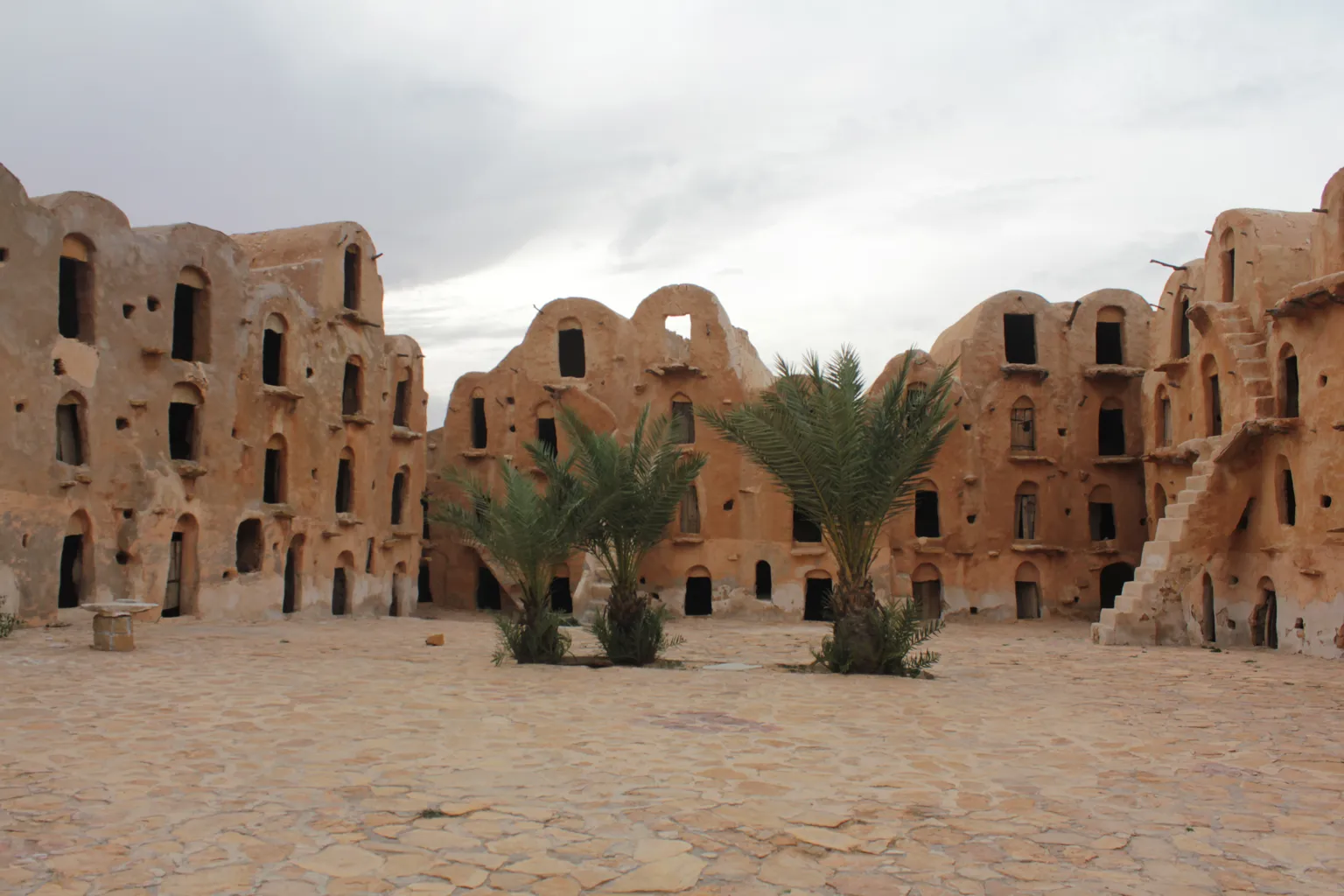
A Rich History Etched in Stone (H2)
The exact origins of Alcácer de Ulede Soltane remain shrouded in some mystery. While the oldest sections likely date back to the 15th century, the ksar’s construction and expansion most likely unfolded over a much longer period. The presence of two distinct courtyards provides a clue to this ongoing development. The first courtyard represents the core structure, while the second one was added in the 19th century, reflecting the ksar’s continuous adaptation to changing needs and circumstances.
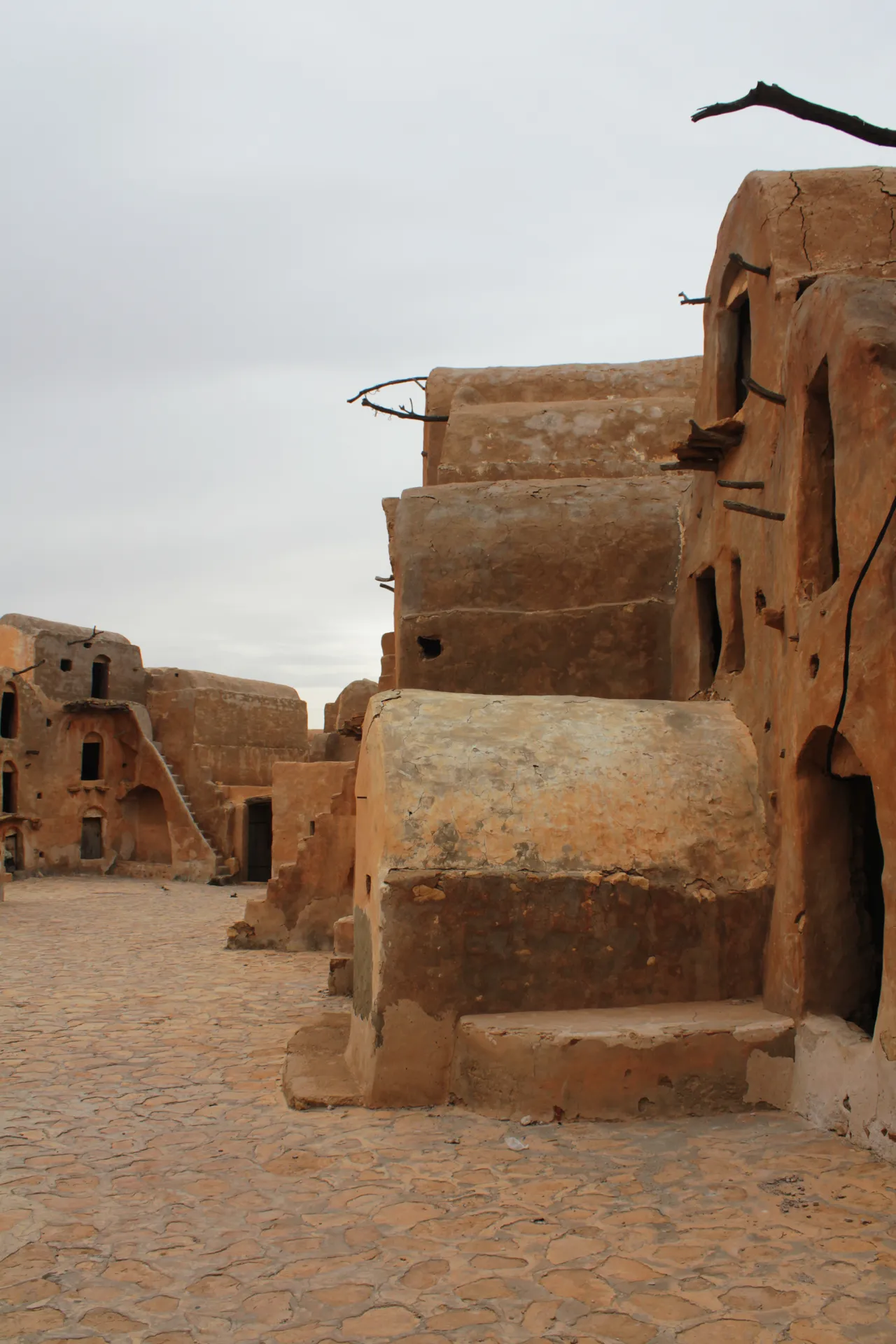
A Remarkable Architectural Marvel (H2)
The most striking feature of Alcácer de Ulede Soltane is undoubtedly its collection of gorfas. These individual storage units, numbering an impressive 400, are stacked meticulously, forming a multi-layered honeycomb structure. Typically four or five stories high, these gorfas were primarily used to store food supplies, ensuring the community’s food security in the sometimes unpredictable desert environment. The sheer number of gorfas at Alcácer de Ulede Soltane signifies its importance as a regional center for food storage and distribution.
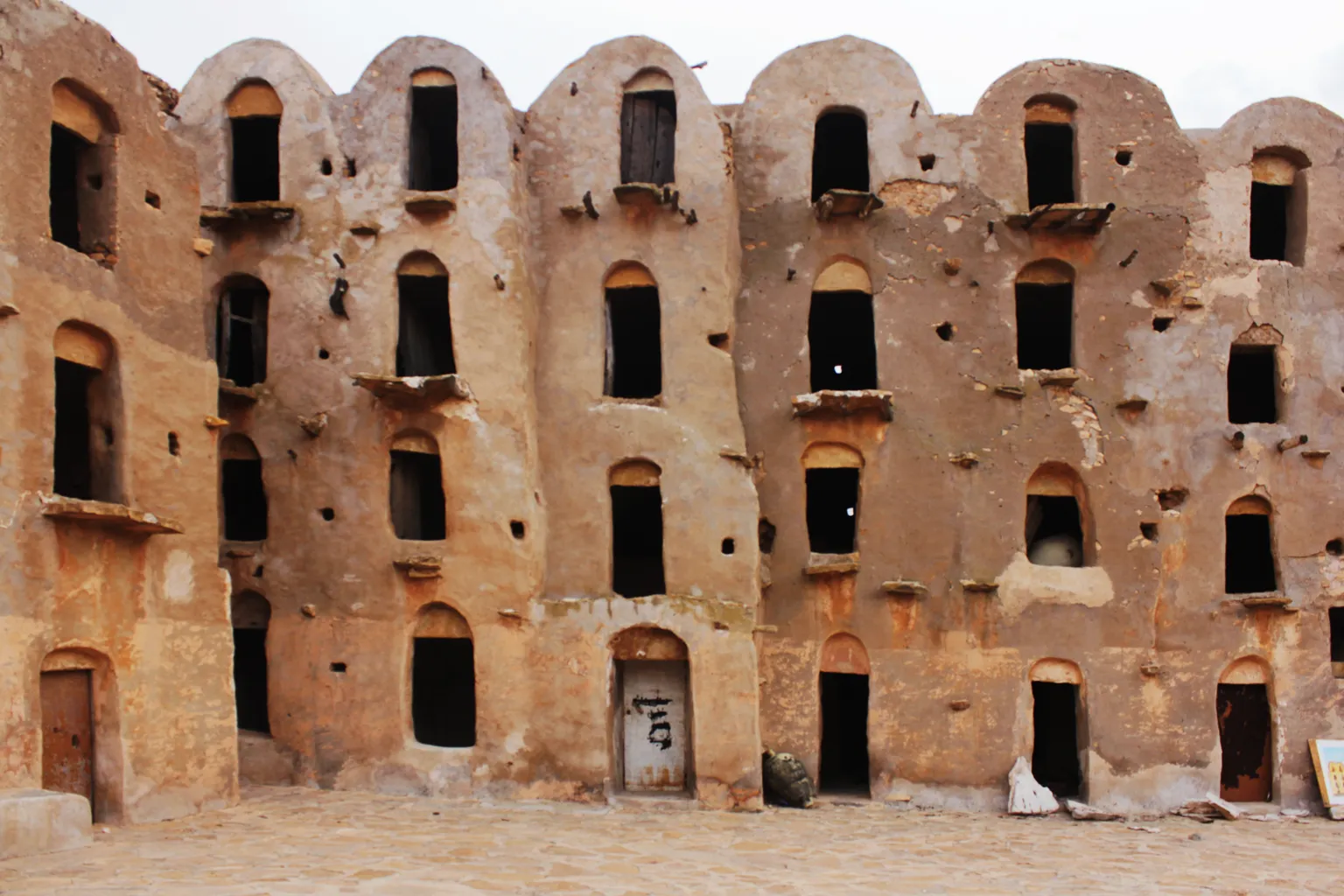
Beyond Storage: A Multifunctional Citadel (H2)
While the primary function of Alcácer de Ulede Soltane was undoubtedly food storage, its role extended far beyond that. Similar to other mountain ksars found in the region, it served as a fortified complex, offering protection to the community during times of conflict. This dual functionality is evident when comparing Alcácer de Ulede Soltane to other fortified structures like the citadels of Tazaguedente, Techute, and Beni Ussine. The ksar’s elevated location, coupled with its dense maze of storage units, provided a secure refuge for inhabitants during raids or warfare.
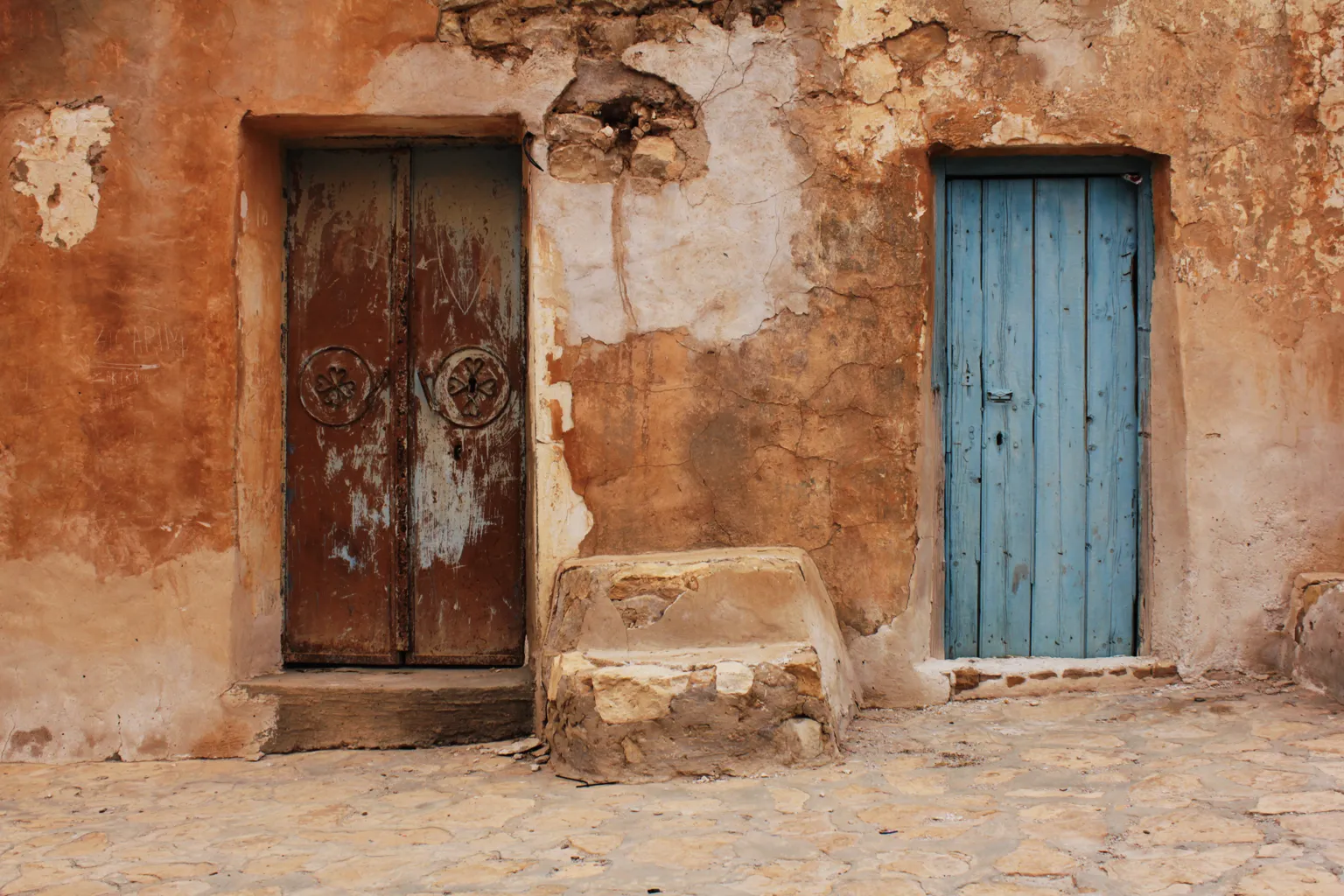
A Living Legacy: From Granary to Tourist Destination (H2)
Today, Alcácer de Ulede Soltane stands as a bridge between the past and present. While some residents continue to live within the ksar, most of the local population resides in a modern village nearby. Alcácer de Ulede Soltane has undergone partial restoration, making it a popular tourist destination and a key feature on many southern Tunisia travel itineraries. This renewed interest is likely due, in part, to the ksar’s relatively well-preserved state compared to other regional ksars.
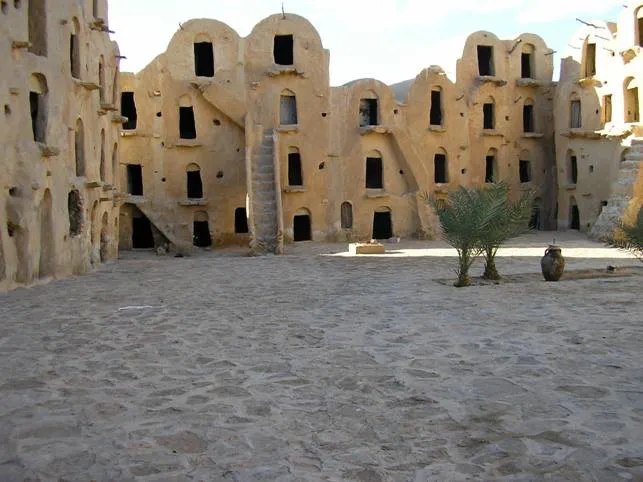
A Star Among the Dunes: The Ksar’s Pop Culture Legacy (H2)
Beyond its historical and architectural significance, Alcácer de Ulede Soltane has also gained recognition in the realm of popular culture. The ksar served as a filming location for the iconic movie “Star Wars Episode I: The Phantom Menace.” The evocative exteriors of Mos Espa, the childhood home of Anakin Skywalker, were filmed amidst the ksar’s unique architecture. This cinematic portrayal has introduced Alcácer de Ulede Soltane to a global audience, further solidifying its place as a cultural landmark.
Alcácer de Ulede Soltane is more than just a fortified granary; it’s a testament to human ingenuity and adaptation. Its enduring legacy serves as a reminder of the vital role such structures played in the survival and prosperity of desert communities. From its strategic location and impressive architecture to its transformation into a tourist destination and pop culture icon, Alcácer de Ulede Soltane continues to capture the imagination and stands as a powerful symbol of southern Tunisia’s rich heritage.
Sources


